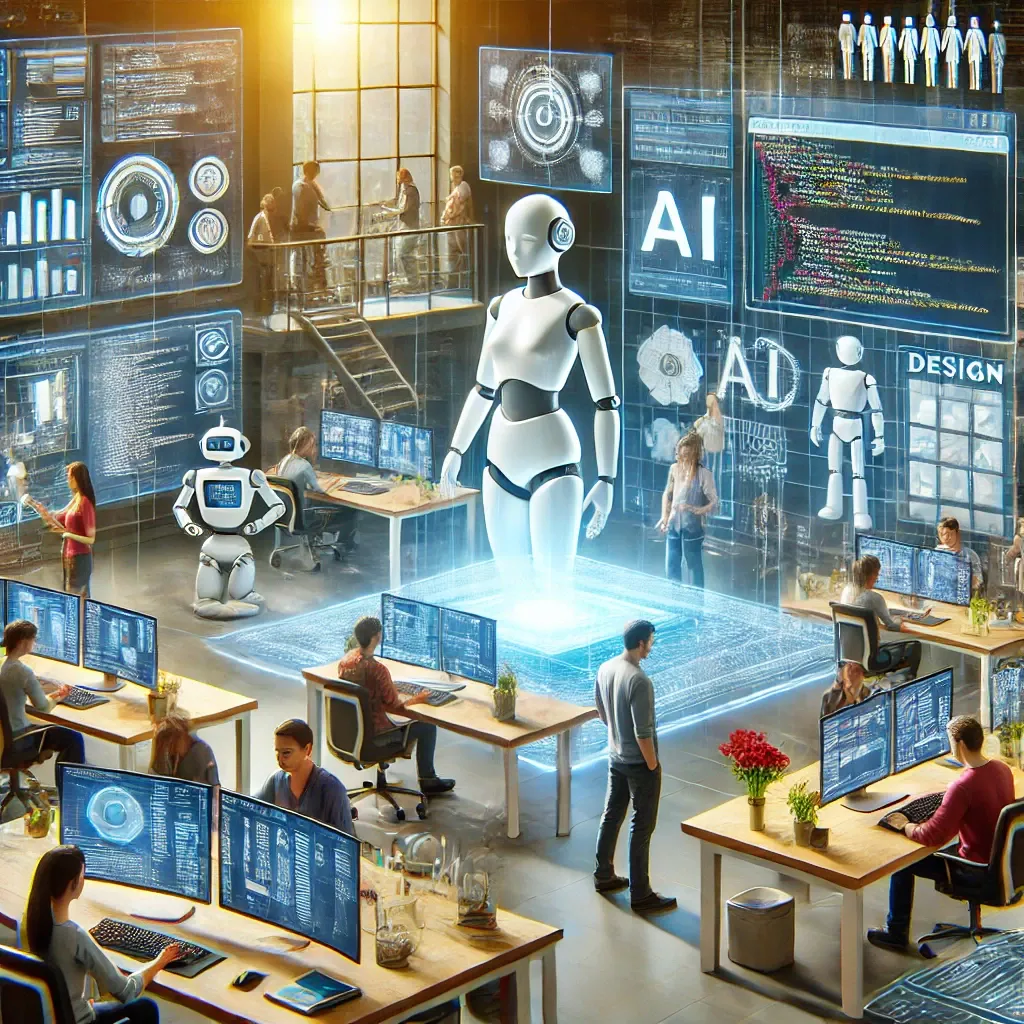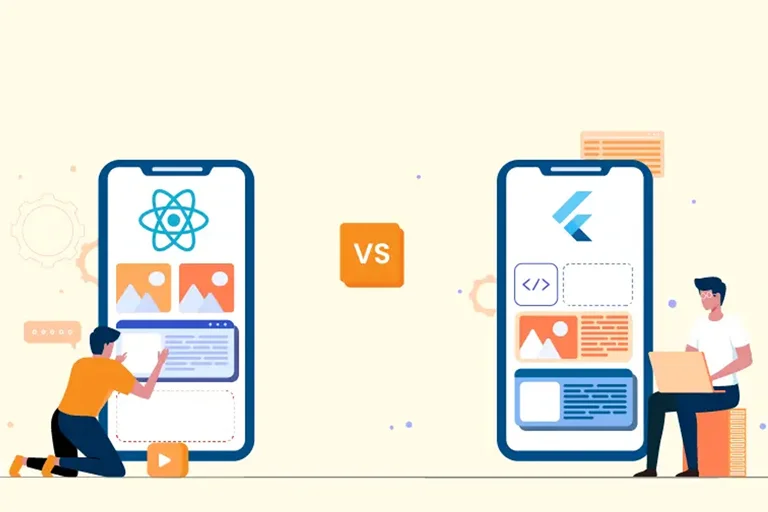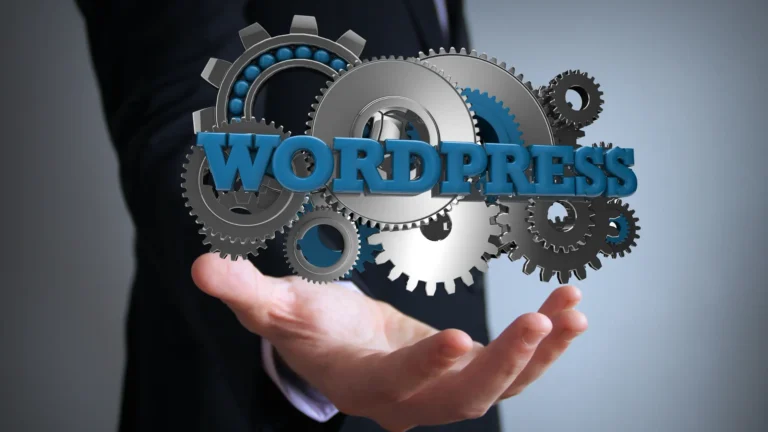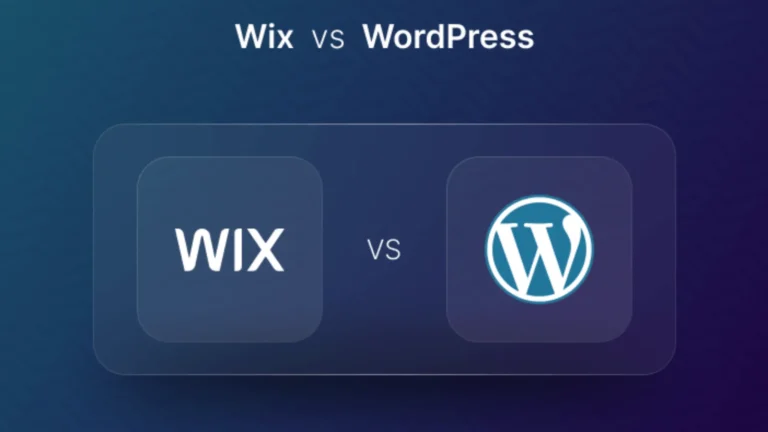AI-powered web development
In recent years, artificial intelligence (AI) has rapidly transformed various industries, and web development is no exception. As businesses and individuals increasingly rely on the web for their operations, the demand for efficient, scalable, and innovative web solutions has surged. This is where AI-powered web development comes into play, offering a glimpse into the future of automated coding and revolutionizing how websites are designed, developed, and maintained.
What is AI-Powered Web Development?
AI-powered web development refers to the integration of artificial intelligence technologies in the web development process. This encompasses various applications, including automated coding, machine learning algorithms, natural language processing, and intelligent frameworks that assist developers in creating high-quality websites faster and more efficiently.
Key Benefits of AI in Web Development
1. Enhanced Efficiency and Speed
One of the most significant advantages of AI in web development is its ability to automate repetitive tasks. Traditional web development involves numerous manual processes, from coding to testing and debugging. AI tools can automate these tasks, allowing developers to focus on more complex and creative aspects of the project. For instance, AI can generate code snippets based on natural language input, significantly reducing the time spent on writing code.
2. Improved User Experience
AI can analyze user behavior and preferences to provide insights that inform design decisions. By utilizing machine learning algorithms, developers can create more personalized experiences for users. For example, AI can suggest layout changes or content adjustments based on user interactions, ultimately leading to a more engaging and satisfying experience.
3. Smart Design Assistance
AI-driven design tools, such as Adobe Sensei, help designers create visually appealing websites by suggesting design elements, color palettes, and typography based on current trends and user preferences. These tools can analyze thousands of design styles and automatically generate layouts that meet specific requirements, making the design process more intuitive and efficient.
4. Automated Testing and Debugging
Testing and debugging are crucial aspects of web development, often consuming a significant amount of time. AI-powered testing tools can automatically identify bugs and vulnerabilities in the code, ensuring that the website functions correctly before launch. These tools can simulate user interactions, detect performance issues, and provide recommendations for improvement, reducing the likelihood of post-launch problems.
5. Natural Language Processing (NLP)
NLP enables developers to communicate with coding tools in human language, making coding more accessible. Developers can describe what they want to achieve, and AI systems can interpret these instructions and generate the corresponding code. This capability can democratize coding, allowing individuals with little programming experience to create functional websites.
6. Predictive Analytics
AI can analyze vast amounts of data to identify trends and predict future user behavior. By leveraging predictive analytics, developers can make data-driven decisions about website features, content, and marketing strategies. This proactive approach helps businesses stay ahead of the competition and adapt to changing user preferences.
Challenges in AI-Powered Web Development
Despite its numerous advantages, AI-powered web development also poses challenges. Here are some of the key concerns:
1. Quality Control
While AI can automate coding and design processes, ensuring the quality of the generated output remains a challenge. Automated solutions may produce code that lacks optimization or does not adhere to best practices. Human oversight is essential to review and refine the AI-generated code to maintain high-quality standards.
2. Dependency on Technology
As developers increasingly rely on AI tools, there is a risk of becoming overly dependent on technology. This dependence may lead to a decline in traditional coding skills and creativity among developers. Striking a balance between leveraging AI and maintaining essential skills is crucial.
3. Security Risks
AI systems can introduce security vulnerabilities if not properly managed. Cybersecurity threats are ever-evolving, and AI tools must be continuously updated to address new risks. Developers must ensure that AI-driven applications are secure and compliant with data protection regulations.
The Future of AI-Powered Web Development
As AI technology continues to evolve, its impact on web development will only grow stronger. We can expect to see:
- Increased Collaboration: AI tools will become more integrated into the development workflow, fostering collaboration between developers and AI systems. This synergy will enhance productivity and innovation.
- Customizable AI Solutions: Future AI-driven development tools will likely offer greater customization options, allowing developers to tailor functionalities to meet specific project requirements.
- No-Code and Low-Code Platforms: The rise of no-code and low-code platforms will democratize web development, enabling individuals without technical expertise to create and manage websites effortlessly. AI will play a pivotal role in simplifying the development process on these platforms.
- Continuous Learning: AI systems will continue to learn from user interactions and improve their capabilities over time, resulting in increasingly sophisticated and efficient web development solutions.
Conclusion
AI-powered web development represents a transformative shift in how websites are created and maintained. By automating coding processes, enhancing user experiences, and providing intelligent design assistance, AI is set to redefine the landscape of web development. While challenges remain, the potential benefits of AI integration far outweigh the risks. As we move forward, embracing AI technologies will be crucial for developers and businesses seeking to stay competitive in an ever-evolving digital world. The future of automated coding is bright, and those who adapt to these changes will thrive in the new era of web development.




